Incorrect flow meter installation distances can cause measurement errors up to 40%, leading to significant process control issues and financial losses.
Flow meters typically require 10-20 pipe diameters of straight pipe upstream and 5-10 pipe diameters downstream for accurate measurements, depending on meter type and installation conditions.
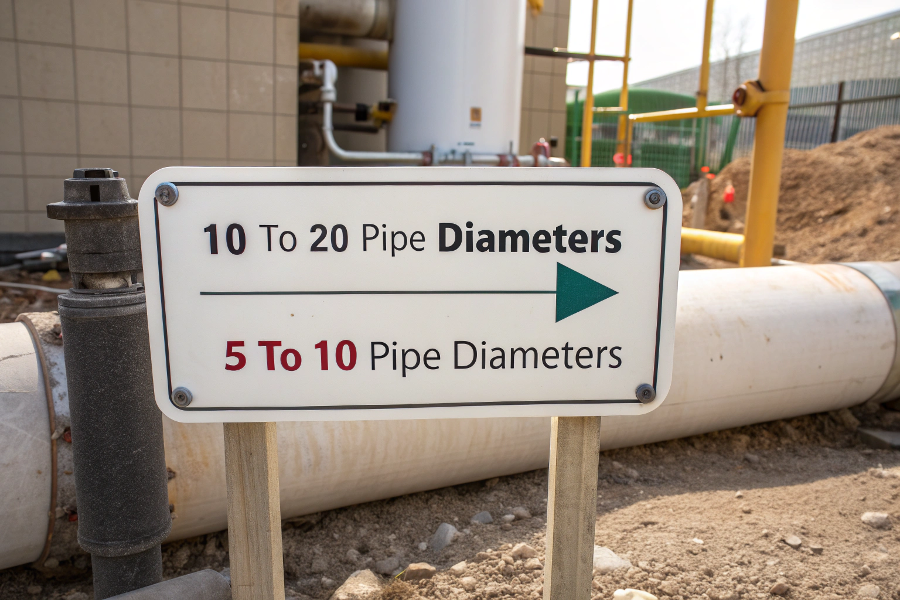
Flow Meter Installation Distance Requirements
Let me share my installation expertise to help you achieve optimal measurement accuracy.
How Much Pipe Before and After a Flow Meter?
Installation distance requirements often confuse engineers and technicians, leading to performance issues.
Most flow meters need minimum straight pipe runs of 10 diameters upstream and 5 diameters downstream, with some types requiring up to 20 diameters upstream for optimal accuracy.
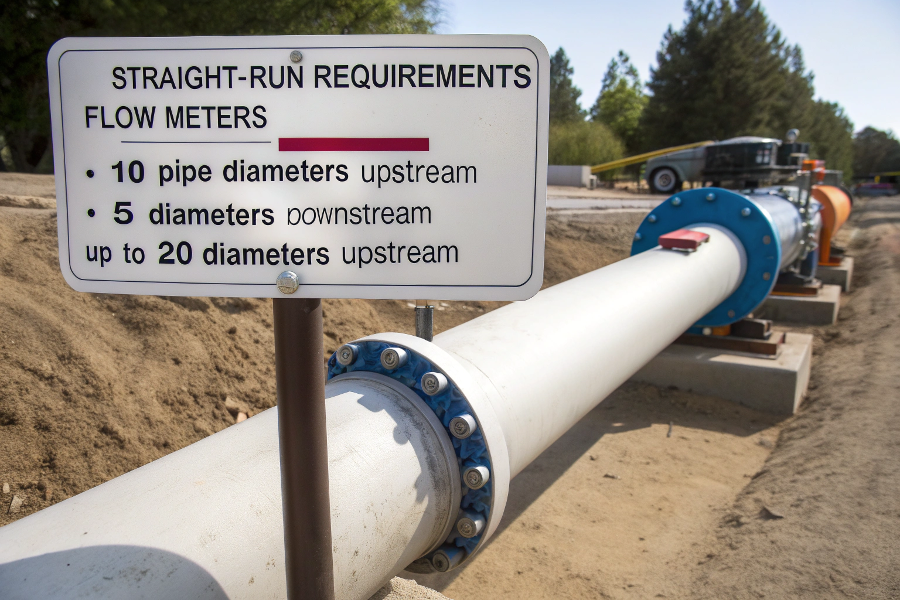
Straight Run Requirements for Flow Meters
Based on my field experience:
Distance Requirements by Meter Type
-
Common Flow Meters
Meter Type Upstream Downstream Notes Magnetic 5D 3D Minimal requirements Ultrasonic 10-20D 5-10D Profile sensitive Vortex 15-20D 5D Swirl sensitive Turbine 20D 5D Most demanding -
Critical Factors
- Flow profile disturbances
- Installation orientation
- Pipe size considerations
- Fluid characteristics
Installation Guidelines
-
Best Practices
- Use flow straighteners when needed
- Consider pipe support requirements
- Account for maintenance access
- Document installation details
-
Performance Optimization
- Regular inspection schedule
- Flow profile monitoring
- Calibration requirements
- Maintenance planning
Proper distances ensure accuracy.
How Far to Install a Flow Meter After Fitting?
Installation distance after fittings significantly impacts measurement accuracy.
Flow meters should be installed at least 15-20 pipe diameters after fittings like elbows, tees, or reducers to allow flow profile stabilization.
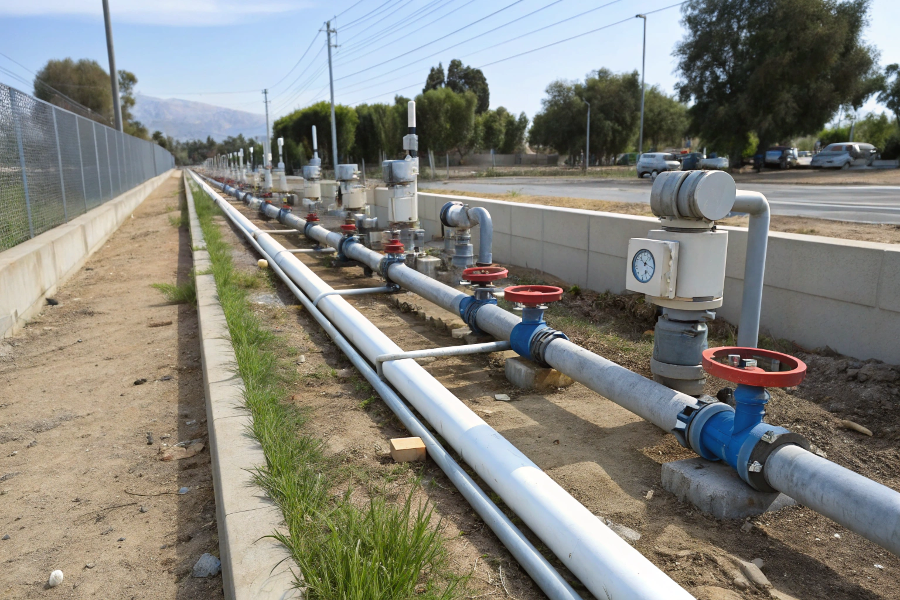 Flow Meter Distance After Fittings
Flow Meter Distance After Fittings
From my installation experience:
Distance Requirements by Fitting Type
-
Common Fittings
Fitting Type Min Distance Recommended 90° Elbow 15D 20D Reducer 10D 15D Tee 20D 25D Valve 15D 20D -
Installation Considerations
- Flow profile recovery
- Space constraints
- Cost implications
- Maintenance access
Implementation Strategy
-
Design Phase
- Space planning
- Pipe support layout
- Access requirements
- Cost optimization
-
Installation Phase
- Alignment verification
- Support installation
- Flow direction marking
- Documentation
Proper spacing ensures stability.
What is the Distance Between Flowmeters?
Multiple flow meter installations require careful spacing consideration.
Flow meters should be separated by at least 30 pipe diameters to prevent interference and ensure each meter receives a stable flow profile.
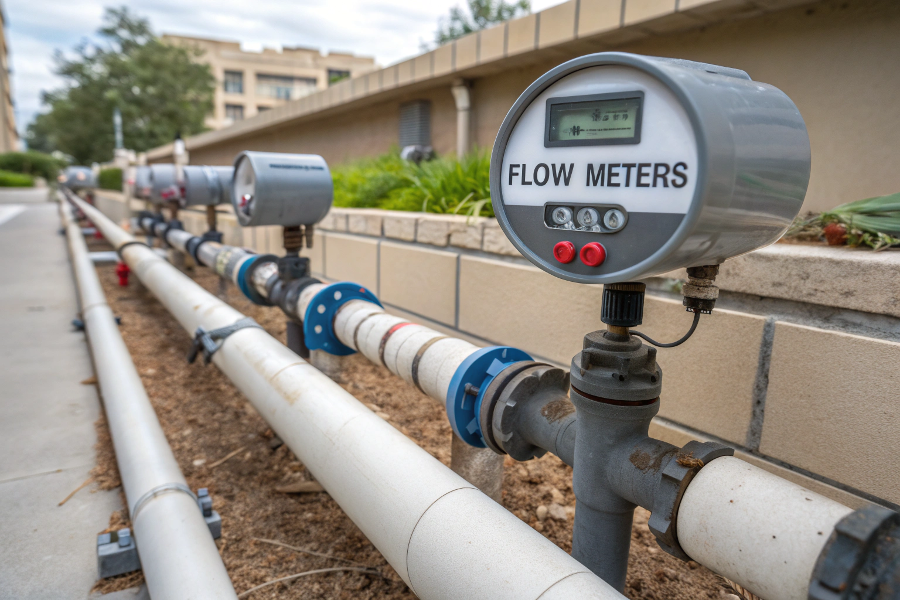
Distance Between Flow Meters
Here’s what I’ve learned:
Spacing Requirements
-
Installation Factors
Configuration Min Distance Optimal Series 30D 40D Parallel 20D 30D Different Types 25D 35D Same Type 30D 40D -
Critical Considerations
- Flow profile recovery
- Signal interference
- Maintenance access
- System efficiency
Implementation Guidelines
-
Design Requirements
- Space optimization
- Support structure
- Access planning
- Cost considerations
-
Operation Aspects
- Performance monitoring
- Maintenance scheduling
- Calibration access
- Documentation needs
Proper spacing prevents interference.
Should Flowmeter Go Before or After Control Valve?
Control valve placement significantly affects flow measurement accuracy.
Flow meters should be installed upstream of control valves, with 10-20 pipe diameters of straight run between them to ensure accurate measurements.
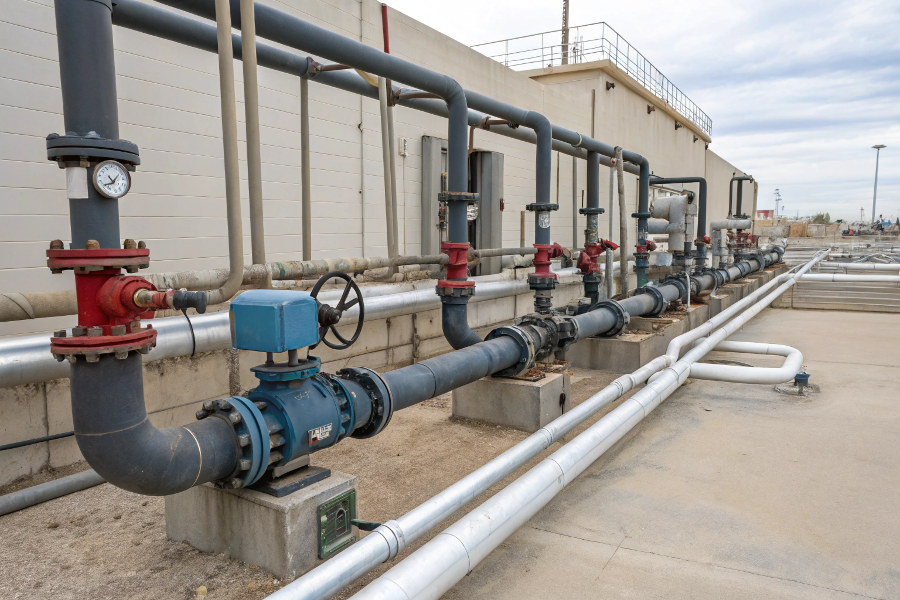
Flow Meter and Control Valve Positioning
From my experience:
Position Analysis
-
Installation Requirements
Configuration Benefits Challenges Before Valve Better accuracy More space needed After Valve Compact design Reduced accuracy With Bypass Maintenance ease Higher cost Combined Unit Space saving Limited options -
Performance Factors
- Flow profile stability
- Pressure drop effects
- Maintenance access
- System protection
Implementation Guide
-
Design Considerations
- Space requirements
- Support structure
- Access needs
- Cost analysis
-
Operation Aspects
- Regular monitoring
- Maintenance planning
- Performance checks
- Documentation
Proper positioning ensures reliability.
Conclusion
Correct installation distances for flow meters are crucial for measurement accuracy, with specific requirements varying by meter type, fitting configuration, and system design.
